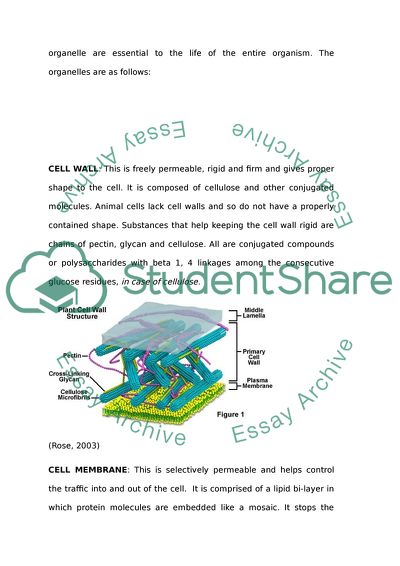Cite this document
(Cells and Genes Essay Example | Topics and Well Written Essays - 1500 words, n.d.)
Cells and Genes Essay Example | Topics and Well Written Essays - 1500 words. https://studentshare.org/biology/1835059-cells-and-genes
Cells and Genes Essay Example | Topics and Well Written Essays - 1500 words. https://studentshare.org/biology/1835059-cells-and-genes
(Cells and Genes Essay Example | Topics and Well Written Essays - 1500 Words)
Cells and Genes Essay Example | Topics and Well Written Essays - 1500 Words. https://studentshare.org/biology/1835059-cells-and-genes.
Cells and Genes Essay Example | Topics and Well Written Essays - 1500 Words. https://studentshare.org/biology/1835059-cells-and-genes.
“Cells and Genes Essay Example | Topics and Well Written Essays - 1500 Words”. https://studentshare.org/biology/1835059-cells-and-genes.


